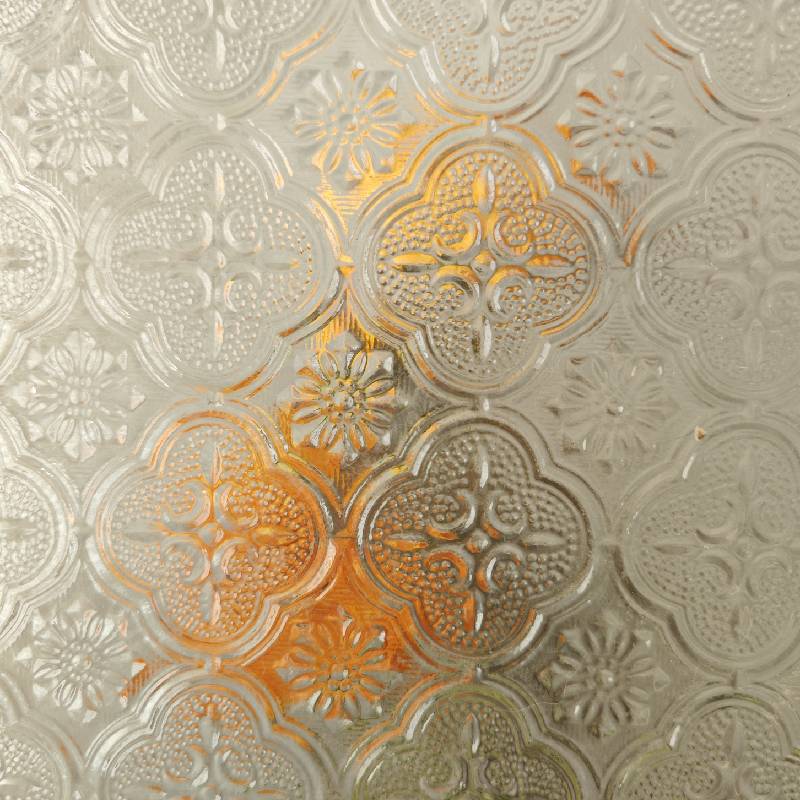

The Elegance of Artistic Glass and Mirrors
Artistic glass and mirrors are more than mere decorative items; they represent a harmonious blend of creativity, craftsmanship, and functionality. They are integral to modern decor, serving both aesthetic and practical purposes, while also captivating our senses and sparking our imagination. This article explores the enchanting world of artistic glass and mirrors, examining their history, types, and significance in design.
Historical Perspective
The use of glass in art dates back thousands of years. Ancient civilizations such as the Egyptians and Romans crafted glassware to express their artistic sensibilities. However, it was during the Renaissance that glass-blowing techniques evolved, leading to intricate and highly decorative pieces. Mirrors, too, have a long history. Originally made from polished metals, the advent of glass mirrors in the 16th century transformed their production. The Venetian glassmakers became renowned for their exquisite mirrors, which were coveted across Europe for their clarity and beauty.
Types of Artistic Glass
Artistic glass encompasses a wide variety of forms and techniques. Among them are blown glass, fused glass, stained glass, and cast glass. Each technique offers unique aesthetic qualities and applications.
1. Blown Glass This traditional technique involves inflating molten glass into a bubble that can be shaped into various objects. Blown glass pieces range from functional items like vases and glasses to purely decorative artworks that showcase vibrant colors and intricate patterns.
2. Fused Glass Fused glass involves layering pieces of colored glass and heating them until they bond together. This technique allows for creativity and experimentation with textures and designs, making it a popular choice for decorative panels, jewelry, and home decor items.
3. Stained Glass Known for its vibrant colors and decorative appeal, stained glass has been used in windows of cathedrals and historical buildings for centuries. Modern artists continue to explore this medium, creating both traditional and contemporary stained glass works that catch and refract light beautifully.
4. Cast Glass This method involves pouring molten glass into molds to create sculptural pieces. Cast glass often presents a heavier, more textured appearance, allowing artists to craft intricate designs and forms that can resemble stone or metal.

The Role of Mirrors
Mirrors hold a special place in artistic glass. Beyond their practical purpose of reflection, they serve as essential elements in interior design. Artistic mirrors can create illusions of space, light, and dimension, making them invaluable in both residential and commercial settings.
A beautifully designed mirror can act as a focal point in any room. With various styles ranging from minimalist to ornate, mirrors can complement different decor themes, enhancing the overall ambiance. For instance, a vintage-style mirror with an elaborate frame can add a touch of elegance to a traditional setting, while a sleek, contemporary mirror suits modern aesthetics perfectly.
Moreover, mirrors made of artistic glass can be functional art, often imprinted with patterns or colored glass that makes them stand out. Such mirrors not only serve their primary function but also contribute to the overall artistry of a space.
Significance in Design
Artistic glass and mirrors add depth and character to interiors. They can transform a plain space into a vibrant sanctuary, reflecting and refracting light in mesmerizing ways. Designers often use these materials to create balance, incorporating them into walls, furniture, and decor items that speak to their unique artistic vision.
Furthermore, the sustainability aspect of glass cannot be overlooked. As most glass is recyclable, artistic glass products can promote eco-friendly practices in interior design. Choosing to incorporate glass art and mirrors made from sustainable materials supports an environmentally conscious lifestyle, aligning beauty with responsibility.
Conclusion
Artistic glass and mirrors encapsulate the essence of creativity and innovation. They bridge the gap between functional design and artistic expression, enriching our lives while enhancing our environments. As the world of artistic glass continues to evolve, it promises to inspire future generations of artists and designers, ensuring that this captivating medium remains a significant force in contemporary art and decor. Whether in a grand gallery or a cozy home, artistic glass and mirrors are destined to leave an indelible mark.